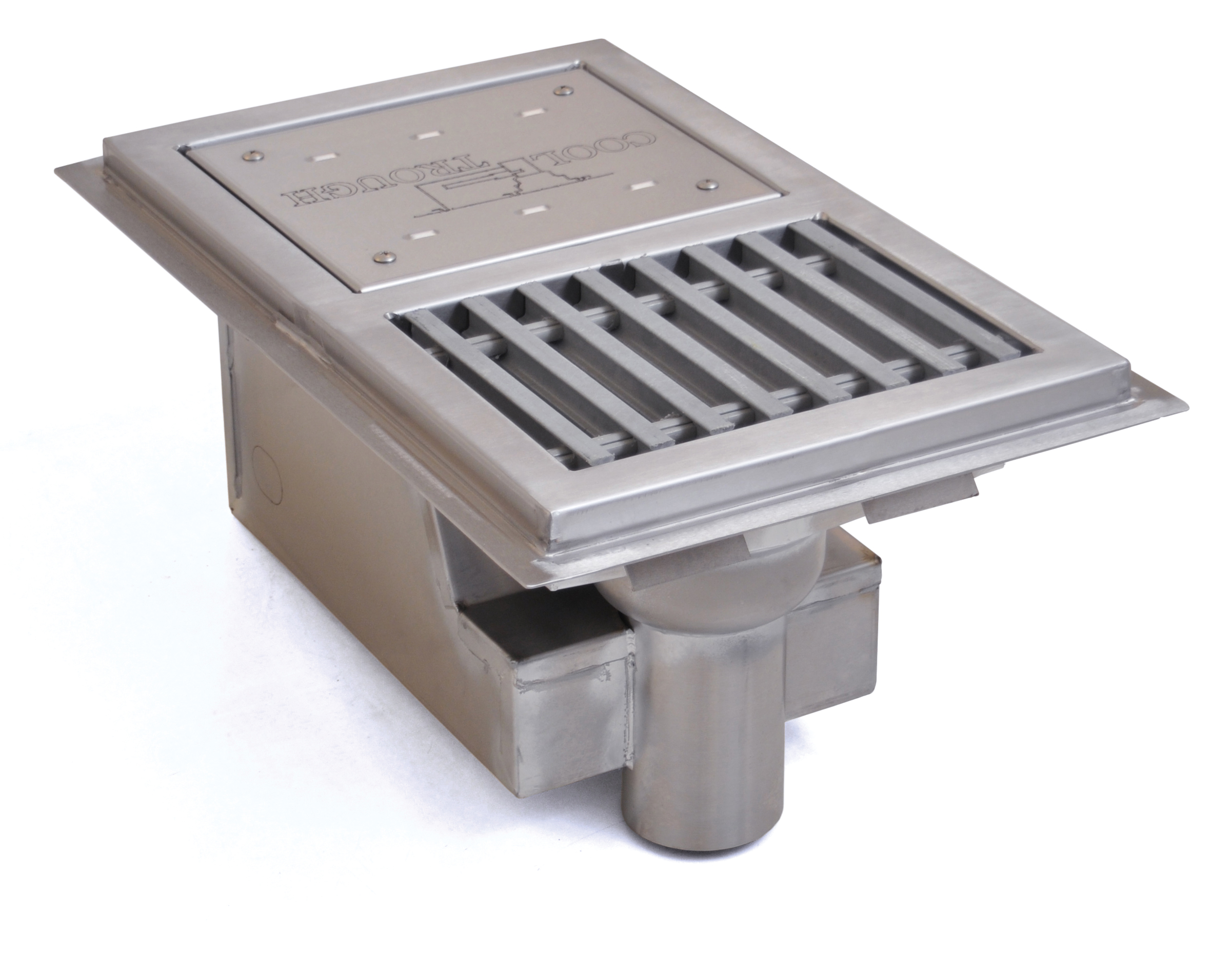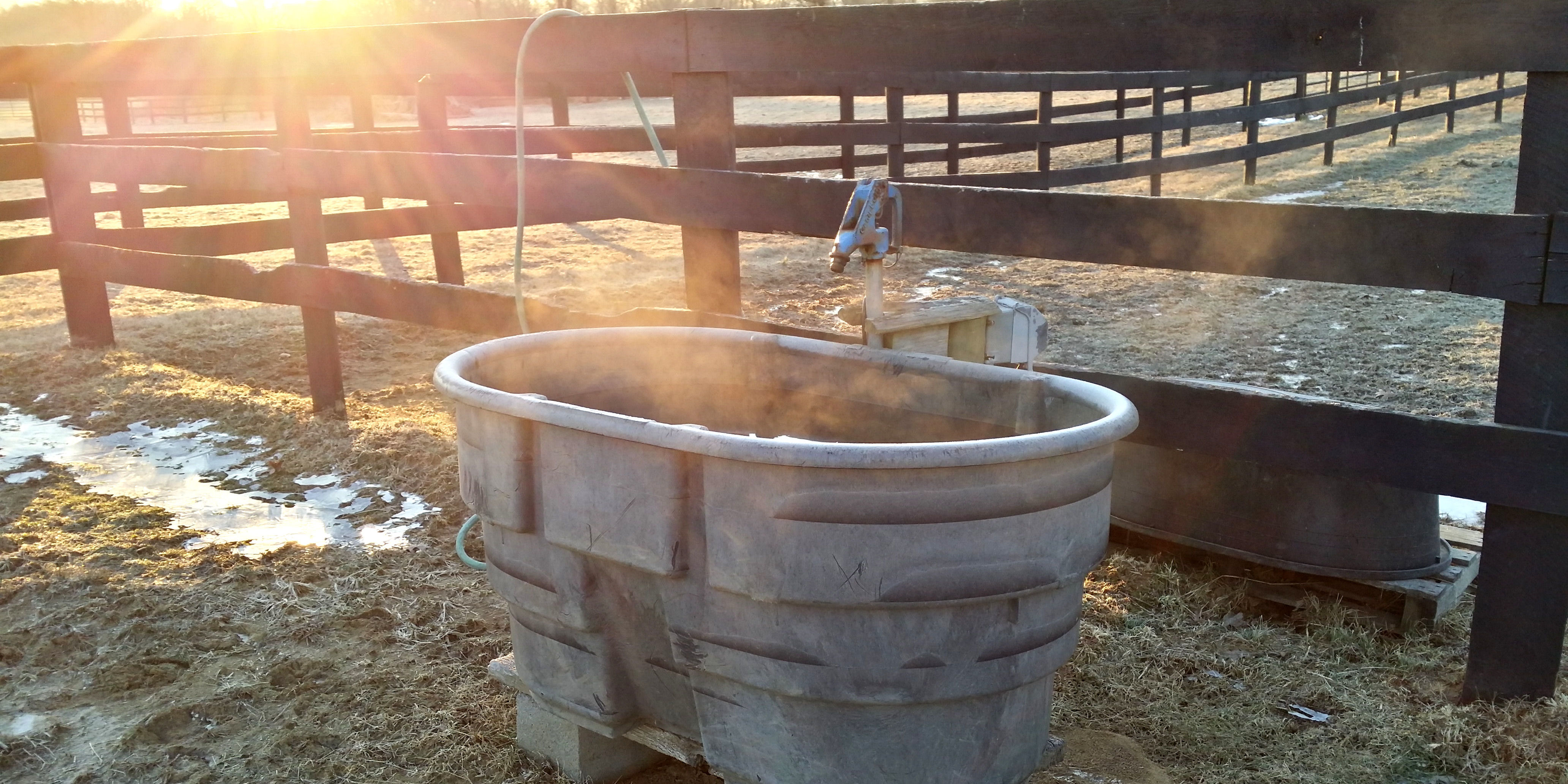In the harsh embrace of winter, when icy winds bite and temperatures plummet, ensuring the well-being of livestock becomes a top priority. Among the challenges faced during this season is keeping water sources accessible and unfrozen. Without proper measures, animals can suffer from dehydration and frostbite, putting their health at risk. While electricity-powered water trough heaters may seem like an obvious solution, many remote or off-grid locations lack reliable access to such resources. In these situations, ingenuity and innovation are required to find alternative heating methods.
This comprehensive guide will delve into various effective techniques for heating a water trough without electricity, empowering you to provide your animals with the life-sustaining hydration they need during the coldest months. From utilizing the sun’s natural energy to employing the principles of heat transfer, we’ll explore a range of solutions to keep your water troughs ice-free and your animals thriving.
Passive Heating with the Sun’s Rays
Harnessing the sun’s warmth is a simple yet effective way to passively heat water troughs. Position your trough in a well-lit area with ample direct sunlight throughout the day. Paint the trough black or a dark color to enhance its ability to absorb sunlight and convert it into heat. Additionally, consider using a clear or translucent cover to trap the sun’s rays inside the trough while allowing sunlight to enter.
Circulation and Agitation Techniques
Water movement can prevent the formation of ice crystals. Install a submersible pump or create a simple water circulation system to keep the water flowing. The constant movement will distribute the heat evenly throughout the trough, preventing localized freezing.
Alternatively, a floating device, such as a Styrofoam ball or a large piece of PVC pipe, can be placed in the trough. As the wind blows, it will gently agitate the water, creating surface movement and reducing the risk of freezing.
Insulation and Heat Retention
Similar to insulating a house, wrapping your water trough in insulating materials can significantly reduce heat loss. Foam insulation, fiberglass batts, or even straw bales can be used to surround the trough, creating a thermal barrier that prevents heat from escaping.
Additionally, a floating cover made of polystyrene or other insulating material can be placed on the water surface. This floating lid acts as a layer of insulation, trapping heat within the trough.
Leveraging Heat Exchange Principles
The concept of heat exchange can be applied to passively transfer warmth from a warmer source to the water trough. Consider burying a coil of tubing or a geothermal loop underground and connecting it to your trough. As water flows through the tubing, it absorbs heat from the warmer soil, raising its temperature before entering the trough.
Another method involves utilizing the heat generated by animal excrement. Construct a composting bin or manure pit adjacent to the water trough. Connect a series of pipes or a heat exchanger to transfer the heat from the decomposing organic matter to the trough’s water.
Methane Biogas Digesters
For livestock operations with a significant amount of animal waste, methane biogas digesters can provide a dual solution – generating sustainable energy and heating water troughs. Biogas digesters convert organic waste into methane gas, which can be used as a fuel source or to power a generator. The byproduct of this process is heated water, which can be pumped into the water trough.
By implementing these innovative methods, you can effectively heat water troughs without relying on electricity, ensuring access to fresh water for your livestock even during harsh winter conditions. Embracing these techniques not only safeguards animal well-being but also demonstrates a commitment to sustainable and cost-effective animal husbandry practices.

Image: eaglegrpnews.com

Image: terraoasis.com
How To Heat A Water Trough Without Electricity